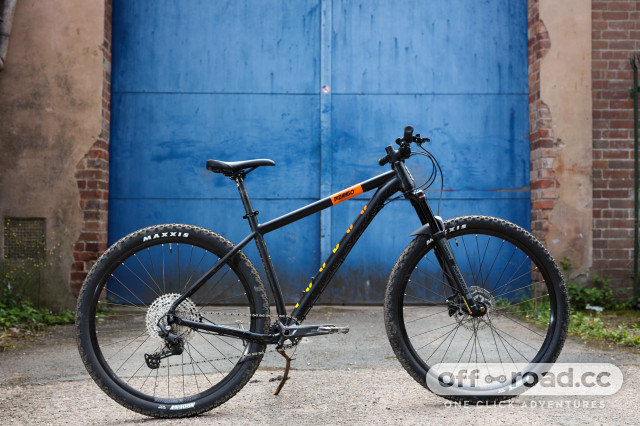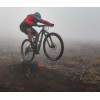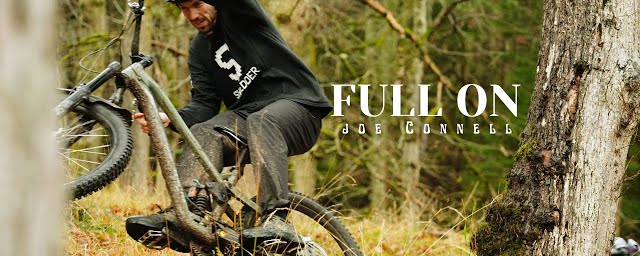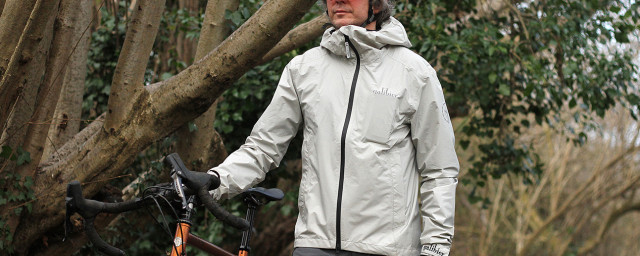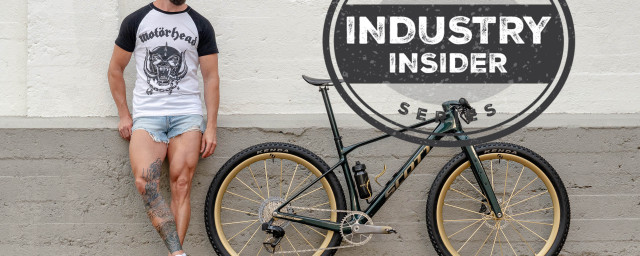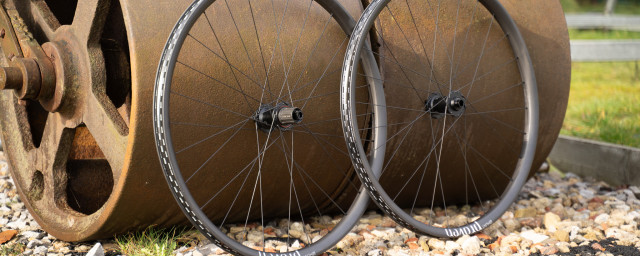Types of mountain bikes: every MTB category explained
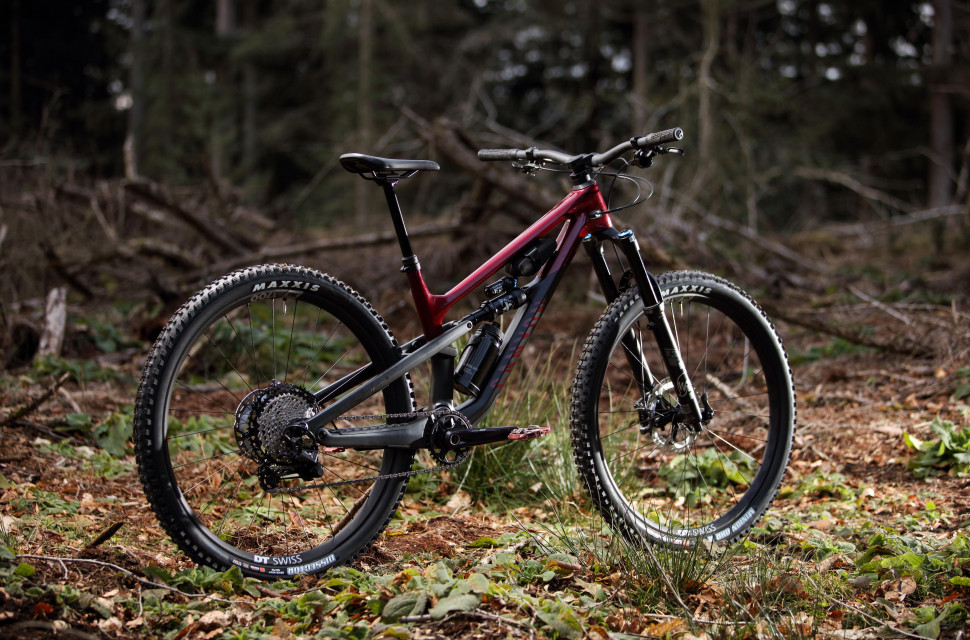
Mountain biking is a diverse discipline. It can be slightly confusing for new riders to understand all the different mountain bike frame categories. Two mountain bikes that look very much alike can have markedly different purposes - take a cross-country full-suspension mountain bike and trail bike for example. A newbie will be unable to tell the two apart.
- How to go bikepacking: a beginner's guide to getting started
- off-road Opinion - E-bikes aren't a menace, it's all about trail etiquette
To avoid confusion and make empowered purchasing decisions about your mountain biking, it's worth knowing the differences between various frame types and the categories of riding they belong to. We’ve put together a guide to help you understand.
Hardtail versus full-suspension
The easiest and fundamental differentiation in mountain biking is between hardtail and full-suspension frames.
A hardtail mountain bike’s rear triangle is fixed, allowing no vertical axle or wheel movement. Dual-suspension mountain bikes have swingarm or linkage arrangements, forming part of the rear triangle. This is suspended by a shock, which allows for vertical wheel movement.
Nearly all hardtail mountain bikes have a front suspension fork, but some can be fully rigid, without any suspension. Riders prioritising endurance riding and adventure touring durability might opt for a fully-rigid hardtail mountain bike. Hardtail mountain bikes can fall under cross-country mountain biking, trail and sometimes enduro categories depending on their geometries, componentry and suspension travel.
Cross-country mountain bikes
Cross-country mountain bikes have between 80-120mm of front and/or rear-suspension travel. They are designed to ride very efficiently and climb with the least effort, often featuring remote lock-out switches for the front and rear suspension.
Cross-country mountain bikes often feature slender frames, prioritised for lightweight. Although handlebar size has widened over the years, many cross-country bikes still need some semblance of aerodynamic efficiency, hence the slightly narrower handlebars of 700-720mm.
Riders on cross-country bikes rarely overheat their brakes, hence the presence of small 160mm rotors and four-piston brake callipers. Again, lightweight is the overriding principle for cross-country mountain bikers.
On climbs and flat fire roads, cross-country bikes are the fasting pedalling mountain bikes, owing to a combination of low weight, aggressive gearing, and shallow tread pattern tyres.
Trail bikes
For many mountain bikers, this is where the ‘fun’ really starts. Trail bikes generally feature 120-150mm of suspension travel and more downhill-biased geometry than cross-country bikes.
Trail bikes are true all-rounders, unlike cross-country bikes, which are designed with a bias for climbing performance. They feature reasonably efficient suspension platforms for climbing, but not at the cost of descending performance. A trail bike can comfortably and confidently roll into technical terrains, like red or black-graded singletrack.
Contemporary trail bikes can hit jumps, roll sizeable drops and ride reasonably intense descending terrain. The bikes are overengineered and benefit from a lot of design input to balance the requirements for ascending and descending ability. Because trail bikes appeal to such a broad spectrum of uses, bike companies invest a lot of R&D and resources to ensure a competitive market standing.
Trail bikes have standard fitment dropper seat posts, handlebars 760mm or wider and 2.4in to 2.6in tyres, with a reasonably aggressive tread pattern.
Enduro bikes
These are the most capable single-crown forked mountain bikes, featuring 150-170mm of suspension travel. Enduro bikes are designed for optimal descending performance and to conquer the most prominent trail features.
With very progressive geometry, enduro bikes are what you’ll find riders on when attempting the gnarliest of descents. Suspension design is heavily biased toward descending performance, with large volume reservoir air shocks or coil-sprung rear suspension.
Bikes from the enduro mountain biking discipline are fitted with the longest-travel dropper seat posts possible, to allow riders maximum room to manipulate body weight on a descent. Although enduro bikes with correctly set-up shock pressure and adjustment can pedal uphill without too much bobbing, they aren’t terrific climbers and will ride much slower, on flat ground, compared to cross-country or trail bikes.
With the requirement for grip and puncture resistance, enduro mountain bikes roll heavy tyres with reinforced casings, often around 1000-1100g. Many of the best enduro descents are long and steep, with riders often embarking on downhill trails for up to ten minutes of riding time. That requires lots of heat absorption in the brakes, hence the presence of four-piston callipers.
Downhill bikes
The most extreme frame category in mountain biking. Downhill bikes feature the most travel (200mm+), heaviest suspension components and the least compromised overall design.
When it comes to downhill mountain biking, there is little pretence of pedalling or climbing performance. These bikes are designed purely for riding down the steepest and most technical trails. Even a downhill bike’s seat design is extreme, with the saddle shape and position not conducive to resting but for use as a steering aid, with inner-thigh pressure.
Downhill bikes feature such extreme geometry relating to head and seat tube angles, that it becomes difficult to pedal one up even the gentlest gradient.
One of the most telling visual references that distinguish a downhill mountain bike, is its fork, which is triple clamped with a dual-crown, as opposed to the single-crown set-up that all other mountain bikes have. That means a downhill mountain bike can’t turn as sharply, due to the presence of those two outer crown assemblies, which knock the headtube when a rider turns with too much angle.
The largest brakes and heaviest tyres are present on downhill mountain bikes. It not unusual to see 220 or even 230mm brake rotors, with tyres in the 1000-1400g weight range being standard.
Interestingly, despite having the most suspension travel, downhill mountain bikes have the least gears and narrowest ratios, of all mountain bikes. Because there is little requirement for climbing gears, downhill mountain bikes often run a 7-speed drivetrain, as opposed to the 11- and 12-speed drivetrains fitted to all other mountain bikes.
Downcountry bikes
Downcountry bikes appear to fit into the cross-country segment, because they have 120mm of rear suspension travel, but are designed for aggressive descending and maximum trail feedback.
What is downcountry? Well, in terms of bikes, downcountry rigs can out-climb any trail bike with similar suspension numbers, and come close to matching it downhill. Downcountry bikes have more progressive geometry than pure cross-country bikes, and roll tyres with larger tread blocks. They also feature dropper seat posts and slightly wider handlebars as standard.
For riders who want to go really hard on the ups, and have fun on the downs, a downcountry bike is ideal. These bikes are often called downhill or enduro rider’s cross-country bike.
